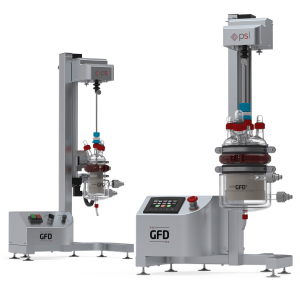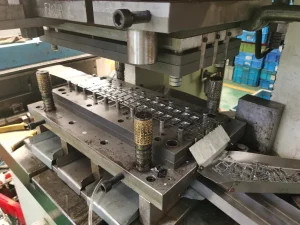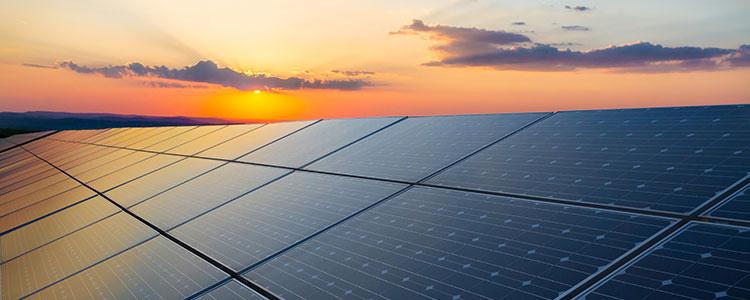In the dynamic landscape of solar energy technology, inverters stand as a pivotal force driving performance and efficiency in solar panel systems. These critical components play a central role in converting the direct current (DC) electricity generated by solar panels into the alternating current (AC) electricity used in homes and businesses. Recent advancements in inverter technology have propelled solar panel performance to new heights, offering enhanced efficiency, reliability, and functionality.
The Evolution of Solar Panel Inverter Technology
- Module-Level Power Electronics (MLPE): One of the most significant innovations in recent years is the integration of MLPE technology, such as microinverters and power optimizers, into solar panel systems. Unlike traditional string inverters, which connect multiple panels in series, MLPE solutions optimize the performance of individual panels. This results in higher energy yields, even in challenging conditions such as shading or panel mismatch.
- Smart Inverter Features: Modern inverters are equipped with advanced monitoring and control capabilities, often referred to as “smart” features. These include real-time performance monitoring, remote firmware updates, and grid interaction capabilities. Smart inverters enable better integration of solar power into the electrical grid, enhancing grid stability and reliability while maximizing energy production.
- Hybrid and Battery Integration: With the rise of energy storage solutions, many inverters now offer hybrid functionality, allowing seamless integration with battery storage systems. These hybrid inverters can intelligently manage energy flow between solar panels, batteries, and the grid, optimizing self-consumption and providing backup power during grid outages. This integration contributes to greater energy independence and resilience.
Benefits of Inverter Innovation
- Maximized Energy Harvest: MLPE technology and advanced optimization algorithms maximize energy production by ensuring each solar panel operates at its peak efficiency. This translates to higher energy yields and increased savings over the system’s lifetime.
- Enhanced Reliability: Smart monitoring features enable early detection of issues, reducing downtime and improving system reliability. Additionally, the integration of backup power capabilities enhances energy security and resilience, particularly in areas prone to grid outages or instability.
- Grid Stability and Integration: Smart inverters contribute to grid stability by providing ancillary services such as reactive power support and frequency regulation. This facilitates greater integration of solar power into the electrical grid, supporting the transition to a renewable energy future.
Inverter innovation continues to drive advancements in solar panel performance, paving the way for a more sustainable and resilient energy landscape. By leveraging these innovations, solar panel systems can achieve higher efficiency, reliability, and integration with the grid, ultimately accelerating the transition to clean and renewable energy sources.




















+ There are no comments
Add yours